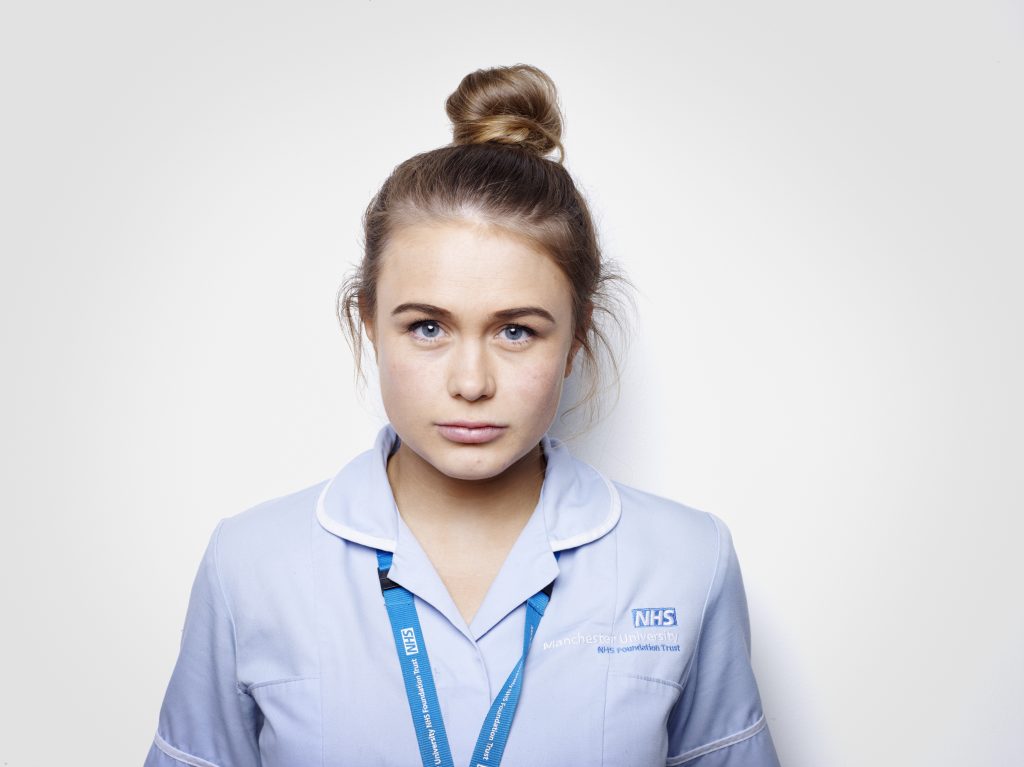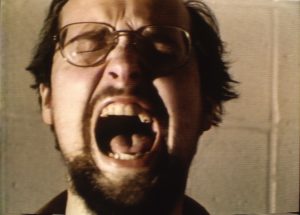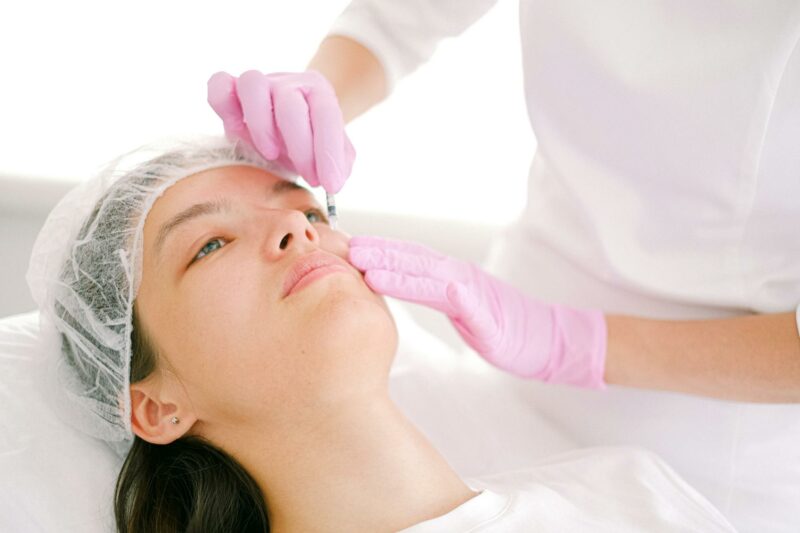
Many people experience varicose veins, which can be uncomfortable and may even result in serious health issues at times. Knowing what to anticipate when undergoing varicose vein removal treatments is helpful as it can reduce anxiety and ensure a smooth process.
If you’re wondering, “Can varicose veins be removed,” you’re not alone. A whopping 40 million people suffer from varicose veins in the United States alone. This detailed guide delves into the phases of these procedures to offer an understanding of what to expect next.
Meeting a Specialist
The process starts with a meeting with an expert, during which patients discuss their symptoms and receive a physical checkup. Medical professionals might utilize ultrasound technology to evaluate conditions. This stage is essential in deciding on treatment choices, often personalized to each patient’s requirements.
Exploring Different Treatment Alternatives
There are ways to address varicose vein removal, with advantages and things to consider. One popular method is sclerotherapy, where a solution is injected into the veins that need treatment to make them collapse and eventually disappear. Another option involves laser treatments that use energy to close off veins. In some situations, vein stripping or ligation may be suggested as invasive measures. Knowing about these choices enables patients to make informed decisions.
Getting Ready for the Procedure
Proper preparation plays a role in ensuring a positive varicose vein removal process goes smoothly and effectively. Before the planned procedure date, participants may be given guidance on dietary restrictions and medication protocols. Recommended physical activity levels to follow beforehand. Opting for attire during the treatment day can contribute to increased comfort levels. Furthermore, having a companion assist the patient in going to and from the appointment is wise, particularly when sedation is part of the treatment plan.
Expectations During the Process
The specific process changes depending on the treatment method selected based on the patient’s needs and preferences. Invasive treatments, such as sclerotherapy or laser therapy, usually take place in an outpatient environment where patients can go home on the same day of the procedure. These methods are generally less painful and are often experienced as tingling sensations. On the other hand, invasive treatments could necessitate either local or general anesthesia, resulting in slightly longer recovery times than less invasive options.
Aftercare Instructions
Taking care of yourself after a procedure is key to a smooth recovery process! It’s common for doctors to suggest wearing compression stockings to help with blood circulation and minimize swelling issues post-surgery or treatment. Patients need to take it easy for a couple of days after the procedure so that the body can properly heal without any strain from activities. Also, following the doctor’s medication instructions and scheduled follow-up appointments is crucial for recovery.
Possible Reactions
Like, with any medical treatment process, getting rid of varicose veins involves some risks and possible side effects to be aware of as part of the deal. This might involve things like bruising and swelling or experiencing discomfort around the area where the treatment was done. These effects are often temporary. Tend to fade within a couple of weeks. However, some serious complications, such as infections or nerve issues, could pop up. This is why selecting a healthcare provider with ample experience in this field is essential.
In the Longer Run
Varicose vein removal treatments provide advantages for patients by reducing pain and enhancing the appearance of their legs, which positively impacts their well-being! Although previously treated veins seldom reappear after the procedure, new varicose veins can form over time; therefore, routine checkups are important to keep track of health and promptly address any issues that may arise.
Taking Care of Your Veins
Undergoing a procedure to remove varicose veins successfully and maintain veins thereafter requires making lifestyle changes proactively by engaging in regular exercise and maintaining a healthy weight while also elevating legs when resting to prevent potential vein problems in the future, wearing compression stockings during long periods of inactivity or travel can provide additional support, for vein health these simple habits can help individuals experience long term benefits from their varicose vein removal treatments.
In Summary
Removing veins can enhance comfort and overall well-being for individuals seeking relief from this condition. By comprehending each phase of the process, from consultation to follow-up care, patients can feel empowered to choose and aim for optimal results. Armed with readiness and support, people can embark on this path towards legs with assurance and peace of mind.







